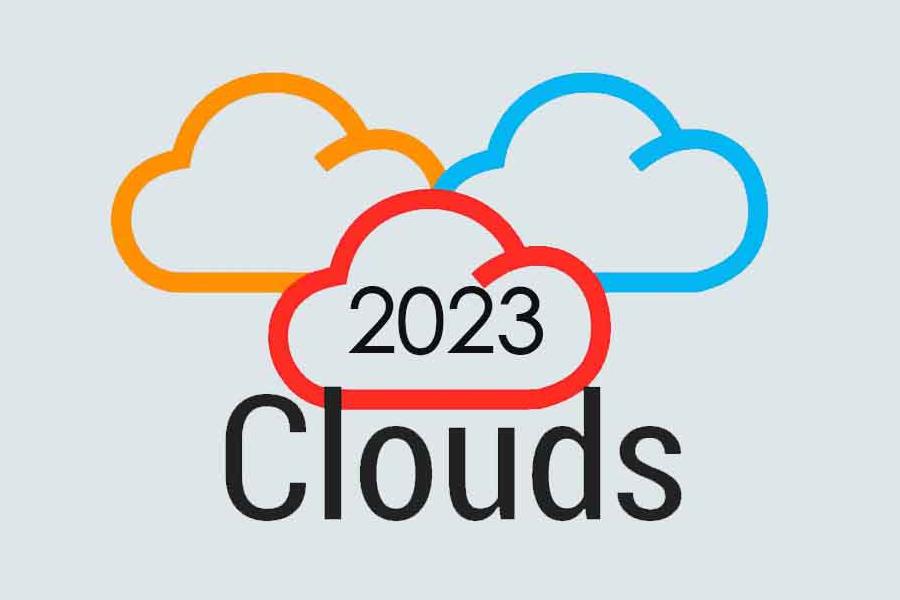The Global Fintech Revolution in 2023 (PART 1 of 2)
4 min readIn the spotlight of the financial technology sector, our motivation is to unravel the intricate tapestry of innovation, examining how these technological leaps are not just reshaping finance but also enhancing our everyday lives. Our journey reveals a dynamic and transformative industry. So now at the starting of new year, let's take some time to delve into some of the highlighted advancements that have shaped fintech in the past year.
Digital Payments and the Cashless
We have seen this trend rapidly accelerating, especially post the COVID-19 pandemic. In 2023, the shift towards digital payments, including contactless payments, mobile wallets, and digital currencies, has become more pronounced, moving us closer to the concept of a cashless society. This trend is particularly relevant as it impacts everyday transactions and consumer behavior.
In Brazil, the rapid uptake of the PIX instant-payments network significantly contributed to the decline in cash transactions. In September 2023, Pix transactions were worth $300 billion, a 70% increase from September 2022. And, In Q3 2023, Pix transactions surpassed 11 billion, which is 44% more than ACH transactions in the US. India, with its Unified Payments Interface (UPI), also played a key role in this shift. According to the National Payments Corporation of India (NPCI), India's UPI (Unified Payments Interface) had 118 billion transactions in 2023, which was a 60% increase from 2022. These numbers increases dramatically that reflecting the adoptions of the new digital payment .
In 2023, the remarkable growth in these numbers underscores a significant global shift towards digital payments. These developments indicate a strong consumer preference for digital over traditional cash transactions, reflecting a broader transformation in the financial landscape towards more efficient, accessible, and secure payment methods.

AI and Machine Learning in Financial Services
The implementation of AI and machine learning in fintech has been transormative, particularly in areas like fraud detection, risk assessment, and personalized financial services. This trend is crucial due to its role in enhancing the efficiency, security, and personalization of financial services.
A prominent player in the industry is the PayPal. PayPal has employed advanced AIML algorithms in its payment processing system to provide a smooth payment experience and enhance fraud detection capabilities. These technologies allow PayPal to analyze extensive transaction data to discern patterns such as timing, frequency, and value, which are critical in identifying and preventing fraudulent activities. Moreover, in some of the interviews we've learned from insiders, that the AI models have been instrumental in improving the authorization rates of valid transactions. This is achieved by predicting and addressing potential declines from issuers that might interrupt user payment requests. Such predictive capabilities are essential on impacting the e-commerce giant's revenue, where a high authorization rate not only enhances the likelihood of successful transaction conversions but also plays a pivotal role in providing a seamless checkout experience for both merchants and consumers.
In 2023, we have seen so much more that artificial intelligence, and machine learning is capable of. We anticipate seeing more of what the technology can offer.
Open Banking
In 2023, open banking has become mainstream, with many traditional banks offering APIs to third parties. This has led to a wide range of financial products and services being built on these APIs. The global open banking market is expected to grow to USD 48.13 billion by 2026, at a compound annual growth rate (CAGR) of 25.9%.
We have seen some opportunities in this area: One of them is the Personal Financial Management (PFM) Apps. These apps can provide users with detailed and accurate financial data, by linking to open banking APIs, and enhancing budgeting and financial planning. There are also improvements in facilitating more tailored and flexible lending options for small businesses, traditionally underserved by conventional banks. Furthermore, the use of open banking APIs can lead to the development of new financial products and services, customized to individual financial goals and risk tolerance.
We think this trend is very important, because it represents a shift towards greater consumer control over financial data and fosters innovation through collaboration between traditional banks and fintech startups.
In summary, these trends highlight some of the ongoing evolution of the financial sector, driven by technological innovation and changing consumer expectations. We are going to keep exploring in the following articles in the series. So see you in the next one!

